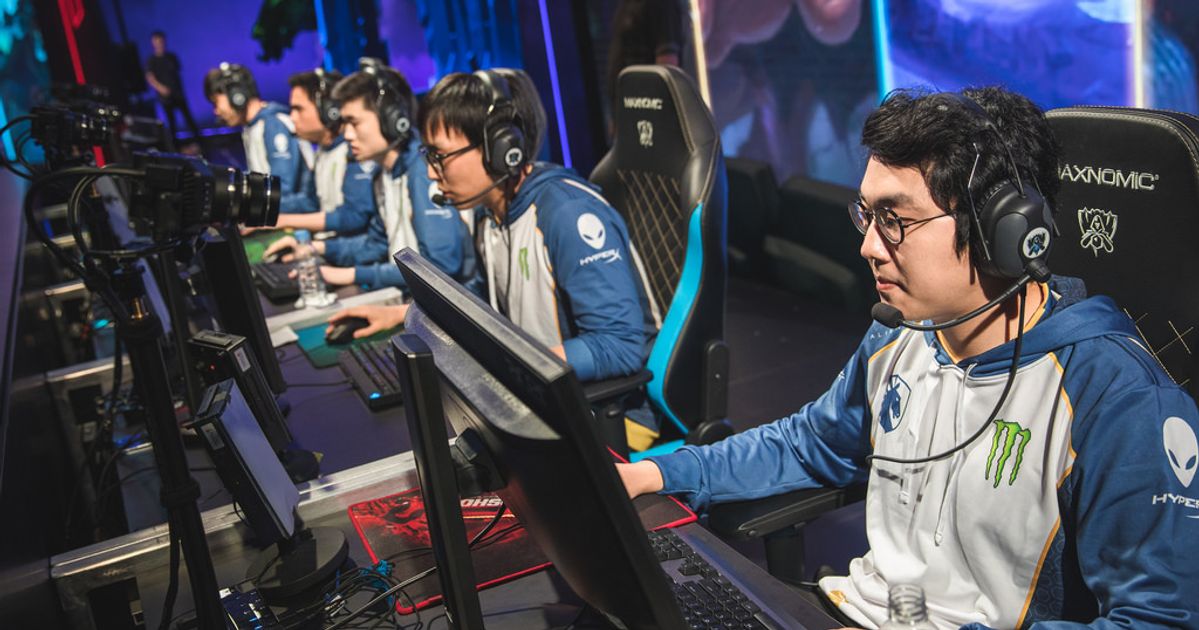In January 2012, Yiliang "Doublelift" Peng went on the State of the League podcast and claimed that "Korea will be a year behind [North America] forever." That same year, Azubu Frost went all the way to the 2012 World Championship finals where they lost to Taipei Assassins, and TSM—the one North American team that was seeded directly into the playoffs—didn’t even make it past the quarterfinals. A year later, an up-and-coming SK Telecom T1 lineup took Worlds 2013 by storm, signifying the start of the era of South Korean dominance.
But this isn’t about Korea proving Doublelift wrong—at least, not this time. It’s about the state of North America as a region.
Since Doublelift made his statement, the AD carry went to four League of Legends World Championships, and every time his team failed to make it out of the group stage. Now, he’s playing in his fifth Worlds, and things are already looking grim for him. The worst part is that Doublelift isn’t some unfortunate outlier. He’s the best native player in the NA LCS, and his team are often regarded as domestic powerhouses.
Things aren’t looking any better for other North American lineups either. Without counting the Season 1 World Championship that mostly included Western teams, the NA LCS representatives made it to the Worlds playoffs a total of six times. If you exclude TSM and C9 being seeded directly into the quarterfinals in 2012 and 2013, that leaves four times when North America reached the knockout stage. Four quarterfinals over the span of six years.
As is often the case, every loss had a story behind it. Whether it’s difficult groups, lack of practice, or drastic meta changes, the list of excuses is well-known at this point. The most common one is that North American teams weren’t playing the way that got them to Worlds in the first place. They weren’t playing their style. But what exactly is the NA playstyle?
There were some hints of it emerging in 2013 when Cloud9 conquered the NA LCS with structured drafts, carry-oriented junglers, and a heavy focus on the macro game. Still, any hopes of testing that style against international competition disappeared when C9 didn’t think of banning the most dominant mid lane champion—Kassadin—from Fnatic’s xPeke. A similar narrative took place in 2016 when TSM took over their region with relentless early game aggression only to look utterly lost when world-class teams stood up to them in the laning phase.
Explore new topics and discover content that's right for you!
League Of Legends



